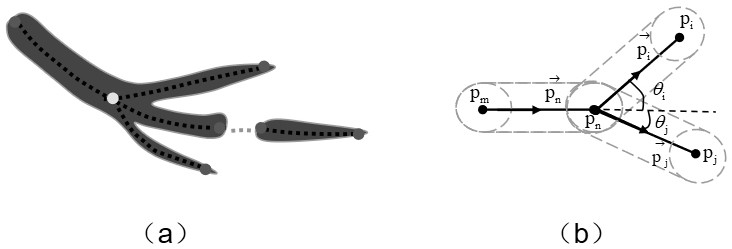CT image target lung segment identification method based on pulmonary artery tree grading
A CT image and recognition method technology, applied in the field of image recognition, can solve problems such as insufficient bronchial segmentation, difficult division of bronchi into sub-pulmonary segments, and insufficient integration
- Summary
- Abstract
- Description
- Claims
- Application Information
AI Technical Summary
Problems solved by technology
Method used
Image
Examples
Embodiment Construction
[0034] The present invention will be further described below in conjunction with the accompanying drawings and embodiments.
[0035] Please refer to figure 1 , the present invention provides a CT image target lung segment recognition method based on pulmonary artery tree classification, comprising the following steps:
[0036] Step S1: obtain CT image data, and reconstruct lung structures, including pulmonary nodules, bronchi, pulmonary artery tree and lung lobes;
[0037] Step S2: extract initial centerline to pulmonary artery tree, and construct complete and continuous topological tree by endpoint detector and trajectory extractor;
[0038] In this embodiment, step S2 is specifically as follows:
[0039] Step S21: The distance map is obtained by performing distance transformation on the three-dimensional artery tree, and iteratively traces from the potential end point to the root node through the fast step method to obtain branch trajectories. That is, to obtain the initi...
PUM
 Login to View More
Login to View More Abstract
Description
Claims
Application Information
 Login to View More
Login to View More - R&D
- Intellectual Property
- Life Sciences
- Materials
- Tech Scout
- Unparalleled Data Quality
- Higher Quality Content
- 60% Fewer Hallucinations
Browse by: Latest US Patents, China's latest patents, Technical Efficacy Thesaurus, Application Domain, Technology Topic, Popular Technical Reports.
© 2025 PatSnap. All rights reserved.Legal|Privacy policy|Modern Slavery Act Transparency Statement|Sitemap|About US| Contact US: help@patsnap.com



